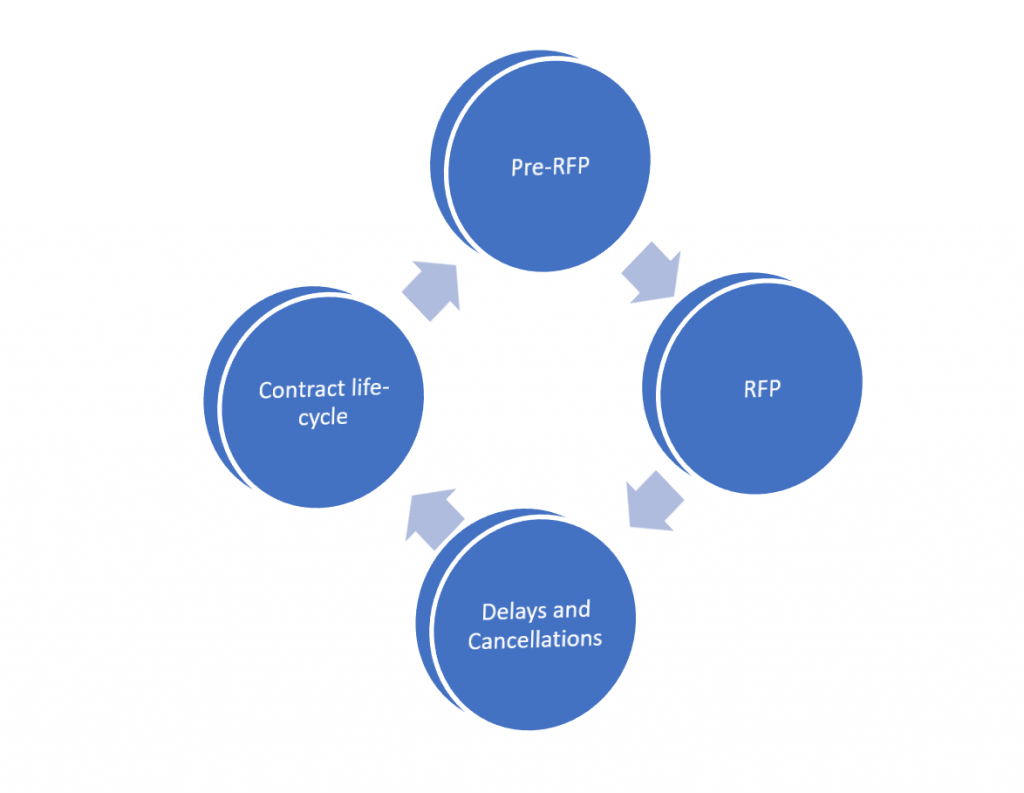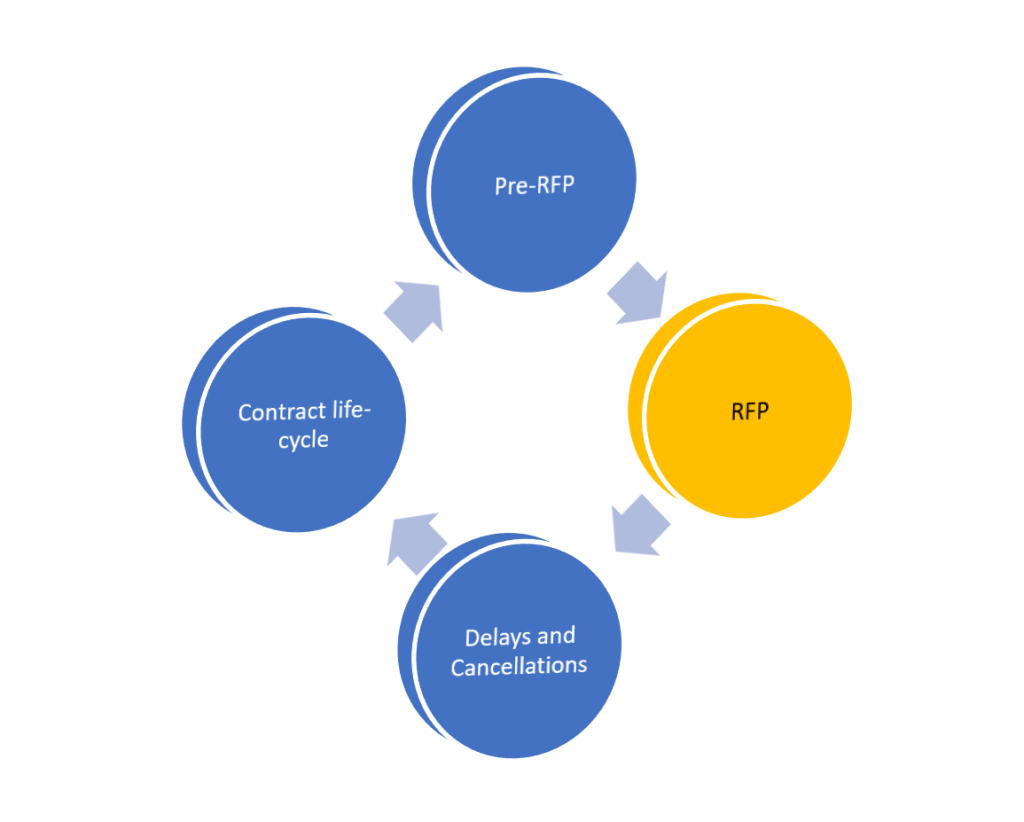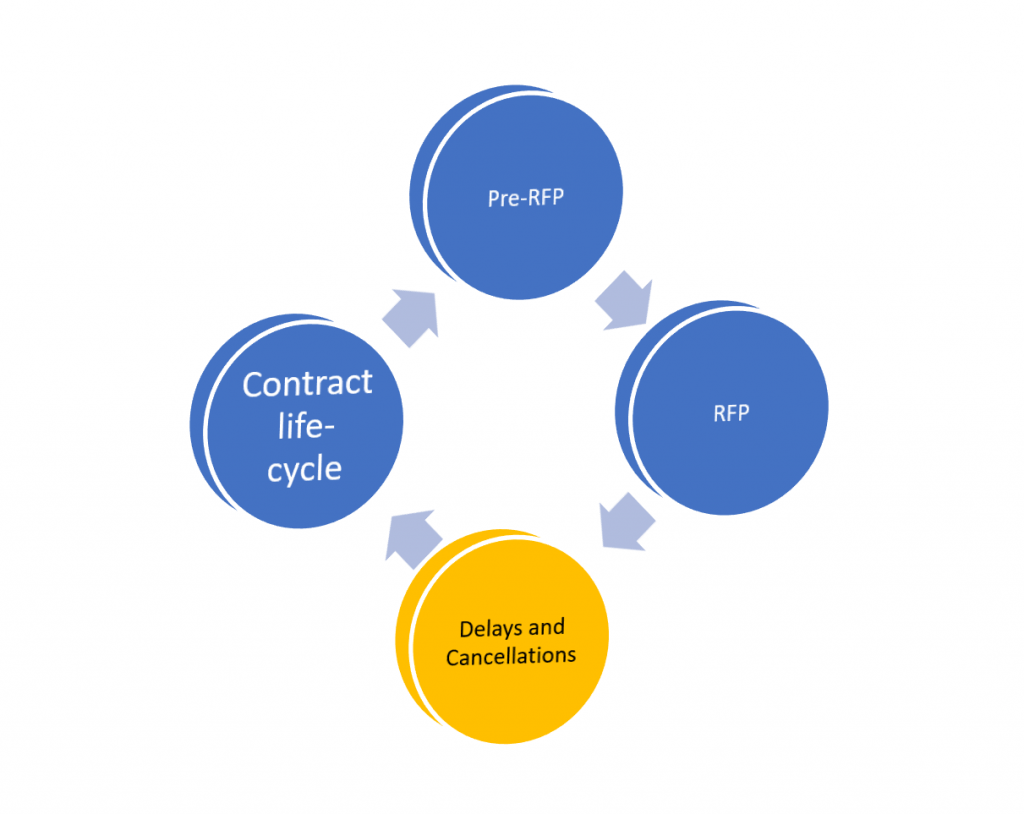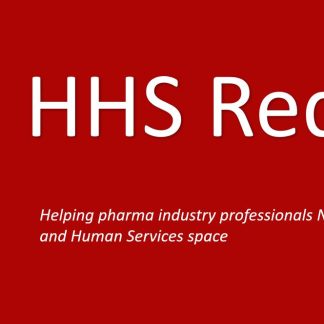MM Curator summary
Conduent wins new contract expansion in NH to facilitate more member access to their own data.
The article below has been highlighted and summarized by our research team. It is provided here for member convenience as part of our Curator service.
Company’s solution to help the state coordinate medical services while empowering patients to make more informed healthcare decisions
Contract enables New Hampshire to comply with a new federal regulation on Interoperability and Patient Access
FLORHAM PARK, N.J., June 02, 2021 (GLOBE NEWSWIRE) — Conduent Incorporated (Nasdaq: CNDT), a business process services and solutions company, today announced a contract from the New Hampshire Department of Health and Human Services (NH DHHS) to provide Medicaid beneficiaries in the state with improved, secure access to their personal health information, enabling them to make more informed healthcare decisions. The company’s solution will improve how information is exchanged between payers, providers and patients, as well as support efficient care coordination.
Through a web portal developed by Conduent, beneficiaries will have the ability to locate healthcare and pharmacy providers in their network, as well as seamlessly and securely review their information and share it with various providers. The contract also brings New Hampshire into compliance with the Interoperability and Patient Access Final Rule, a federal regulation put into effect by the Centers for Medicare and Medicaid Services. The rule, finalized in 2020, is expected to have a major impact nationally on the future of healthcare, making health information more easily available to patients and allowing them to safely share their data.
The contract marks an expansion of Conduent’s support for NH DHHS, a client since 2013. The company currently provides the department with claims processing and provider services for New Hampshire’s Medicaid program, as well as management of its Medicaid Management Information System (MMIS), which processes more than 15 million claims annually.
“We’re proud to continue supporting New Hampshire with innovative and efficient solutions for its Medicaid program,” said Pat Costa, President, Government Healthcare Solutions at Conduent. “Our team is dedicated to helping both patients and healthcare professionals in the state access critical health information that improves patient outcomes.”
With 50 years of experience in the government health and social services industry, Conduent supports more than 41 million customers annually with various government health programs and other eligibility services. For Medicaid, Conduent supports systems in 23 states, Puerto Rico and Washington, D.C., and it has facilitated federal MMIS certifications in 14 states.
About Conduent
Conduent delivers mission-critical services and solutions on behalf of businesses and governments – creating exceptional outcomes for its clients and the millions of people who count on them. Through our dedicated people, process and technology, Conduent solutions and services automate workflows, improve efficiencies, reduce costs and enable revenue growth. It’s why most Fortune 100 companies and over 500 government entities depend on Conduent every day to manage their essential interactions and move their operations forward.
Conduent’s differentiated services and solutions improve experiences for millions of people every day, including two-thirds of all insured patients in the U.S., 10 million employees who use its HR Services, and nearly 18 million benefit recipients. Conduent’s solutions deliver exceptional outcomes for its clients, including $17 billion in savings from medical bill review, up to 40% efficiency increase in HR operations, up to 27% reduction in government benefits costs, up to 40% improvement in finance, accounting and procurement expense, and improved customer service interaction times by up to 20% with higher end-user satisfaction. Learn more at www.conduent.com.
Media Contact:
Neil Franz, Conduent, +1-301-820-4324, neil.franz@conduent.com
Investor Relations Contacts:
Giles Goodburn, Conduent, +1-203-216-3546, giles.goodburn@conduent.com
Note: To receive RSS news feeds, visit www.news.conduent.com. For open commentary, industry perspectives and views, visit http://twitter.com/Conduent, http://www.linkedin.com/company/conduent or http://www.facebook.com/Conduent.
Conduent is a trademark of Conduent Incorporated in the United States and/or other countries.
Clipped from: https://finance.yahoo.com/news/hampshire-selects-conduent-medicaid-beneficiaries-124500854.html






